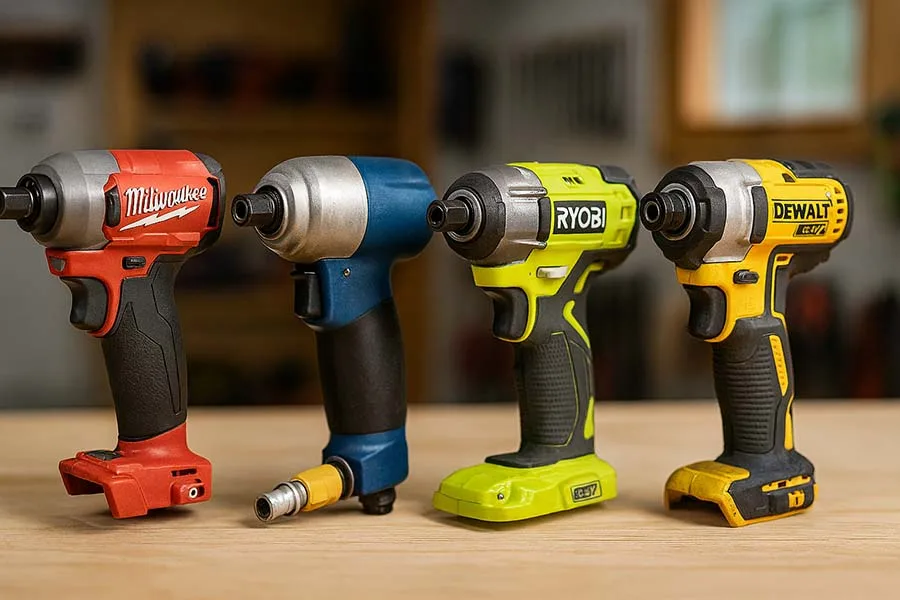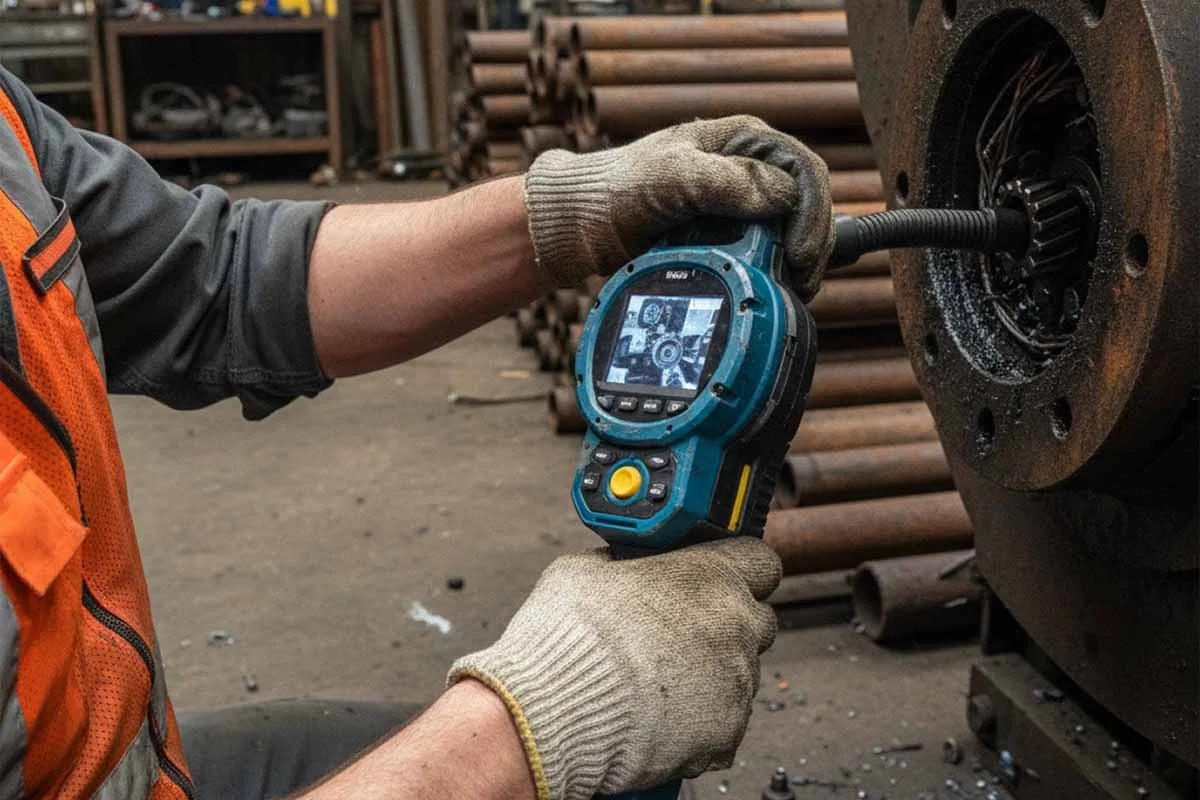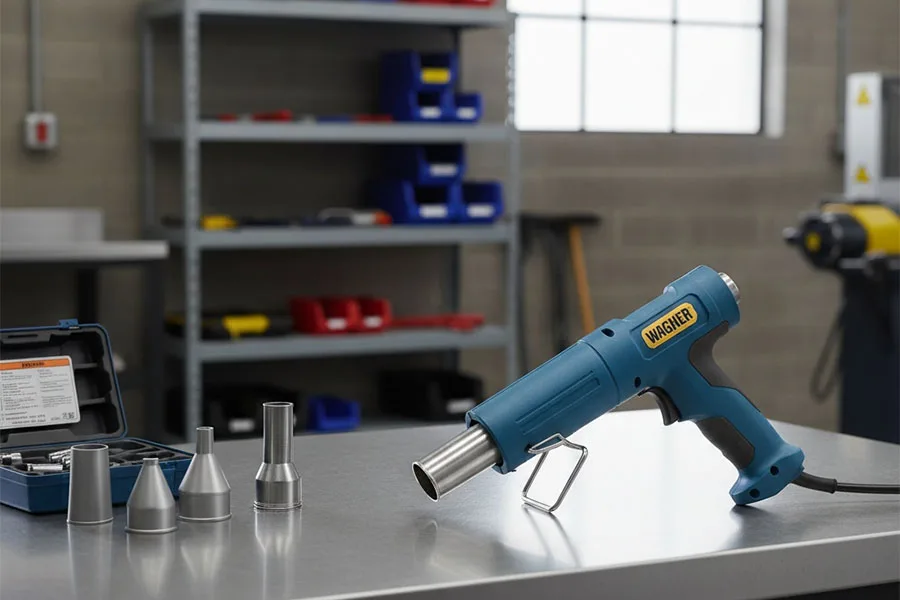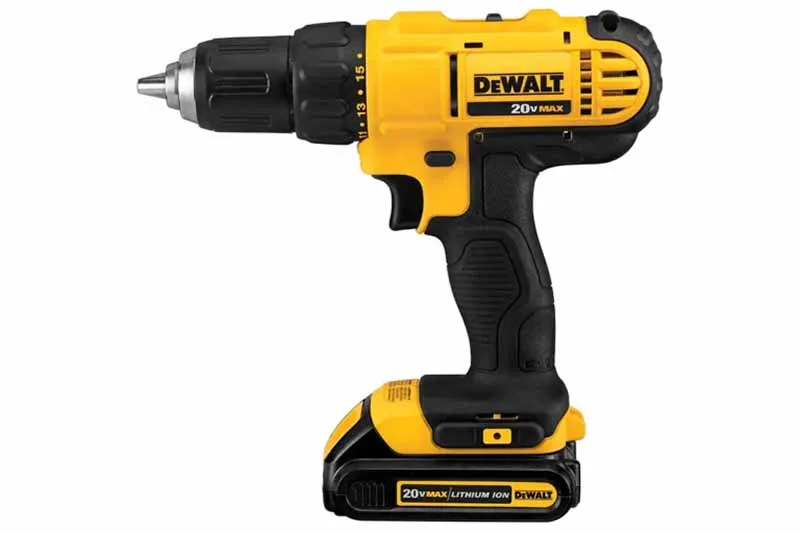Introduction: Why the Right Impact Driver Matters
Whether you’re assembling industrial machinery, driving long screws into hardwood, or tackling DIY builds, an impact driver is your torque-packed ally. But not all drivers are created equal. Choosing the right one means faster work, fewer stripped screws, and less wrist fatigue. With dozens of models on the market, this guide helps you cut through the noise and find the tool that fits your workflow, budget, and precision needs.
Key Factors to Consider Before Buying
Before diving into specs, ask yourself: What will I use this for? Your answer will shape your decision across these core factors:
- Torque & Speed: Higher torque means more driving power. Look for variable speed settings for control.
- Size & Weight: Compact models are ideal for tight spaces and overhead work. Heavier units may offer more power but reduce maneuverability.
- Battery Type & Runtime: Lithium-ion batteries dominate for cordless models. Check amp-hours (Ah) for runtime.
- Drive Type: Electric vs. pneumatic (air-powered). Pneumatic drivers like the Q2 Series excel in assembly lines; cordless electric models suit mobile tasks.
- Chuck Size & Compatibility: Most impact drivers use ¼-inch hex chucks. Ensure compatibility with your bit set.
- Build Quality & Materials: Magnesium housings offer strength without excess weight. Rubber overmolds improve grip and durability.
- Price vs. Value: Don’t just chase low prices—look for long-term reliability, warranty, and serviceability.
Features & Specifications Explained
Understanding these specs helps you compare models like a pro:
| Feature | What It Means | Why It Matters |
|---|---|---|
| Torque (in-lbs) | Rotational force | Higher torque = better for tough materials |
| IPM (Impacts Per Minute) | Hammering action rate | More IPM = faster driving |
| RPM (Revolutions Per Minute) | Speed of rotation | Affects control and efficiency |
| Brushless Motor | No friction brushes | Longer life, better efficiency |
| LED Lighting | Built-in illumination | Crucial for low-light workspaces |
| Ergonomics | Grip, balance, vibration | Impacts comfort during long use |
| Smart Features | Bluetooth, app integration | Useful for diagnostics and fleet tracking |
⚠️ Common Mistakes to Avoid
- Overbuying Power: A 2,000 in-lb driver sounds great—until you strip screws or damage materials.
- Ignoring Bit Compatibility: Not all bits fit all chucks. Check before buying.
- Skipping Warranty Details: A 3-year warranty beats a flashy spec sheet.
- Neglecting Ergonomics: If it feels awkward in your hand, it’ll slow you down.
- Confusing Impact Drivers with Drills: Impact drivers are for driving, not drilling. Use the right tool for the job.
⭐ Recommended Top Picks
Here’s a balanced selection from your review cluster:
🔴 Milwaukee 2853-20
- Brushless motor, 2,000 in-lbs torque, compact frame
- Ideal for professionals needing high torque in tight spaces.
🟡 DeWalt DCF887B
- 3-speed settings, precision drive, LED ring
- Great for controlled driving in cabinetry and finish work.
🟢 Ryobi P235A
- Budget-friendly, 1,800 in-lbs torque, magnetic tray
- Perfect for DIYers and light-duty industrial tasks.
🔵 Q2 Series Direct Drive Air Screwdriver
- Pneumatic precision, low noise, high cycle durability
- Suited for assembly lines and repetitive fastening.
Impact Driver Buying Guide FAQ
Interesting Fact
Impact drivers were originally developed for industrial assembly lines before becoming popular in consumer-grade cordless tools.
Lesser-Known Fact
Some high-end impact drivers include gyroscopic sensors that adjust speed based on wrist movement—ideal for precision work without buttons.
Further Read
- Milwaukee 2853-20 Review: Compact Muscle That Redefines Impact Driving
- Q2 Series Direct Drive Air Screwdriver Review
- Ryobi P235A Review: Budget Impact Driver That Packs a Punch
- DeWalt DCF887B Impact Driver Review
Conclusion: Buy Smart, Build Better
Choosing the right impact driver isn’t just about specs—it’s about matching the tool to your workflow. Whether you’re building furniture, maintaining equipment, or leading a team of contributors, the right driver saves time, reduces fatigue, and elevates your craftsmanship.
Have a favorite model or tip to share? Drop it in the comments below and help fellow builders make smarter choices. If this guide helped you, share it with your crew or on social media—your insight might be the missing piece in someone else’s toolkit.





